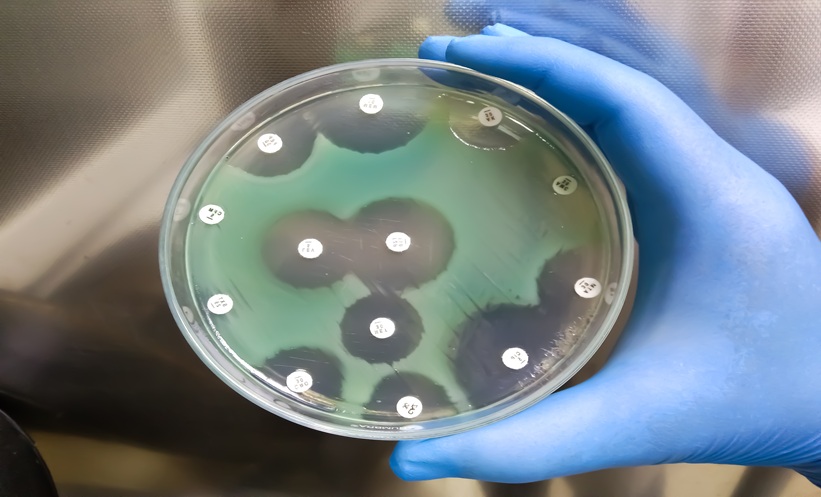ARTEMISININ-based therapy is key in the treatment of malaria. New research has raised concerns that Plasmodium falciparum partial resistance to artemisinin is increasing in Uganda. This could result in worse patient outcomes related to this infectious disease.
A research team, lead by Melissa D. Conrad, University of California San Franciso, USA, performed surveillance of artemisinin resistance in patients with uncomplicated malaria across 16 Ugandan districts between 2016–2022. Given that resistance is often conferred through P. falciparum kelch 13 (PfK13) protein mutations, the authors sequenced pfk13 and evaluated the genetic sequences of P. falciparum isolates collected annually from patients at 26 different malaria reference centres in Uganda.
The findings revealed that by 2021–2022 the prevalence of P. Falciparum with either validated or candidate artemisinin resistance markers was greater than 20% in 11 out of 16 of the districts included in the surveillance programme. Furthermore, in northern Uganda between 2016–2017 the prevalence of PfK13 469Y and 675V mutations was 10–54%. As well as increasing in prevalence, the authors also found that these mutations were subsequently identified in other areas outside of northern Uganda.
Other prevalent PfK13 mutations of note were the 469F, 441L, and 561H mutations. By 2021–2022 the 469F mutation had a prevalence of 38–40% in one southwestern Ugandan district, and by 2022 the prevalence of the 441L mutation was between 12–23% across three western Ugandan districts. The 561H mutation had previously been observed in Rwanda, and was first identified in southwestern Uganda in 2021. Concerningly, by 2022 the prevalence 561H mutant P. falciparum reached 23% in southwestern Uganda.
The study also identified that these resistant mutations emerged in areas where techniques for malaria control, such as indoor insecticide spraying, had ceased. In four of the districts, discontinuation of indoor insecticide spraying resulted in the prevalence of any of the five PfK13 mutations (469Y, 675V, 469F, 441L, and 561H) increasing from 8% to 32% between 2016–2022. This increased prevalence resulted in increased treatment and lead to a selection pression for artemisinin resistance.
Whilst malaria treatment usually involves a combination of artemisinins and a longer-acting partner drug, resistance will pose a challenge for treating malaria. The study authors commented: “Our results show worrisome, sustained prevalence in Uganda of P. falciparum with artemisinin-resistance-mediating PfK13 mutations.” Further studies will be required to aid guidance surrounding malaria control interventions.








